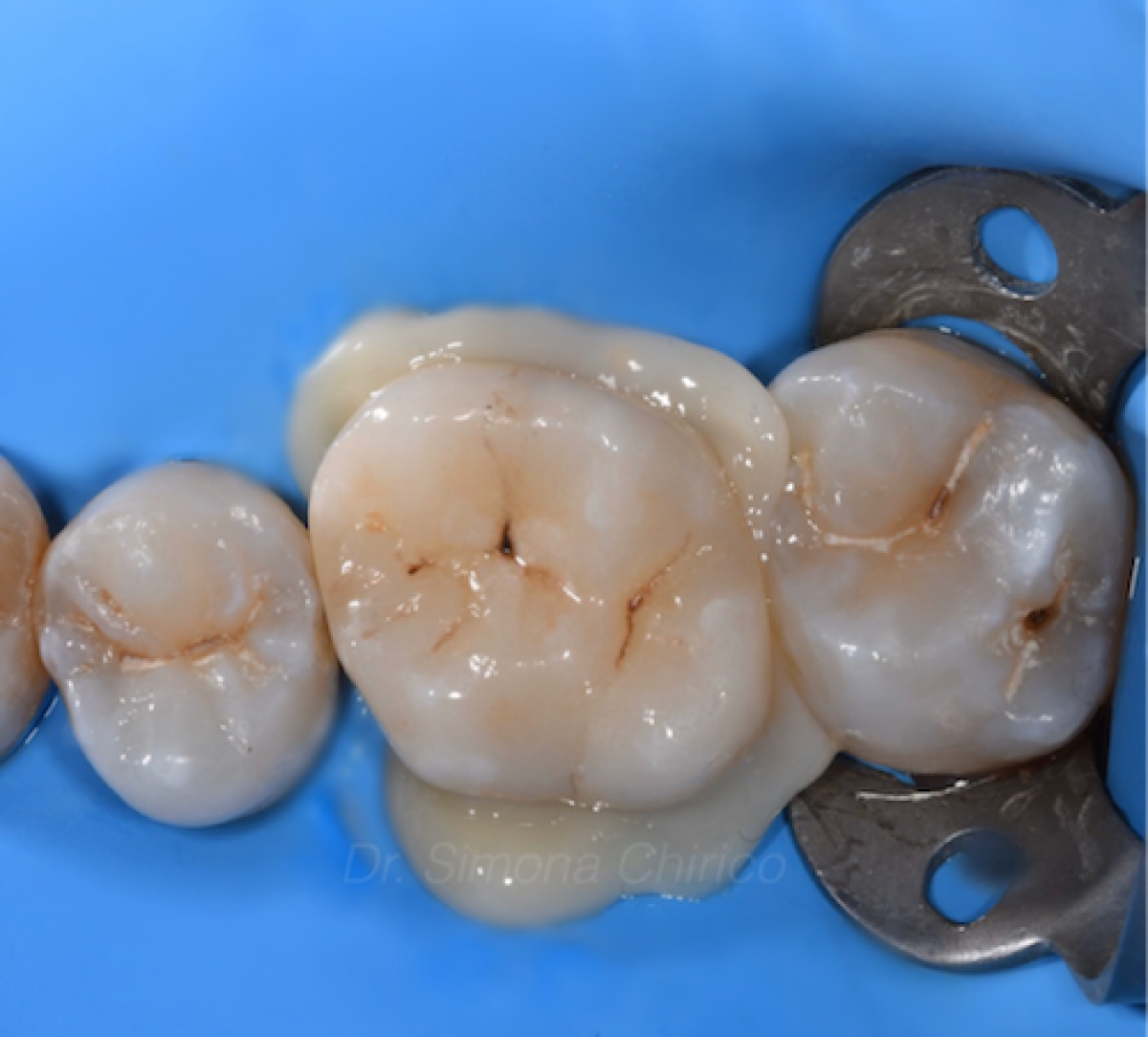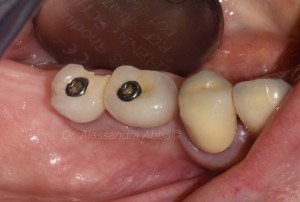
Which is the best adhesive cementation protocol for glass ceramic restoration?
Massimo Gagliani
Dentists must regularly determine the best adhesive cementation protocol for glass-ceramic restorations on posterior teeth.
A few in vivo follow-up studies have been published reporting data for randomized clinical trials on this topic.
The aim of this systematic review and meta-analysis was to analyze the clinical performance of glass-ceramic posterior restorations by using a descriptive synthesis based on the integrity of the tooth and restoration under different cementation protocols for self-adhesive or conventional resin cements.
Materials and Methods
By a consultation of several electronic databases were identified relevant clinical trials. Restoration and tooth integrity were the 2 aspects considered for the meta-analysis.
Results
Only three prospective randomized or quasi-randomized clinical trials, published in English from 2012 onward, were selected and statistically analyzed. The integrity of the tooth and restoration was assessed at the baseline and 1 year after the restorative intervention.
The statistical analyses did not show any significant differences between the two type of cementation in terms of the integrity of the tooth and restoration.
Conclusions
This meta-analysis indicated no clinical differences in the ceramic cementation using a self-adhesive or conventional resin cement after the 1-year follow-up period because both resin cements showed adequate properties for tooth and restoration integrity.
The limitation of this meta analysis might be the restricted limited number of the studies included, three, and the span time of observation that was only one year; on the contrary, the minimal number of adverse effects reported in the final analysis could be favorably interpreted for the technique used, as a technique predictable independently from the type of luting protocol used.
For additional informations:
Early clinical performance of resin cements in glass-ceramic posterior restorations in adult vital teeth: A systematic review and meta-analysis
 Tag
Tag
 Related articles
Related articles
Digital Dentistry 25 July 2022
Digital approach to replicate aesthetic and functional parameters in complete implant rehabilitation
Authors: C. Monaco, N. Ragazzini, L. Card, E. Evangelisti
The introduction of digital technologies in implant-prosthetic dentistry has allowed an improvement in the predictability of clinical results, the reduction...
Prosthodontics 23 May 2021
The clinical success of three-unit fixed prosthetic restorations in zirconia with 14-year follow-up
Zirconia (ZrO2) is a high-strength polycrystalline ceramic and is considered a suitable material for single crowns (SC) and fixed multi-unit dental prostheses (FDP), as it tolerates higher occlusal...
Prosthodontics 29 September 2020
Fixed dental prostheses: which is the gold standard material?
Metal ceramic has always been the golden standard for implant‐supported reconstructions in the past and the most investigated material in literature,...
Prosthodontics 23 October 2019
Rehabilitation of endodontically treated molars: is better to choose endocrown or crown with post?
The restoration of endodontically treated teeth is always a topic of crucial attention for dentists. If until a few years ago, the therapeutic choice of...
Crown decementation are the most frequent failures in restorations using zirconia as an infrastructure. Increasing the roughness of the zirconia surface has been...
 Read more
Read more
Much like EMTs rushing to the scene after an accident, stem cells hurry to the site of a skull fracture to start mending the damage. A new finding has uncovered the signaling mechanism that triggers...
Products 05 November 2025
SimplyTest has launched a groundbreaking saliva-based test to detect high-risk strains of oral human papillomavirus (HPV), a major cause of oropharyngeal cancers.
News 05 November 2025
Perimetrics, Inc., a dental technology company pioneering quantitative diagnostics, announced today that the U.S. Food and Drug Administration (FDA) has granted clearance for the InnerView...
News 05 November 2025
On October 15, open enrollment for Medicare began nationwide. Hundreds of thousands of seniors in New Jersey will once again face the challenge of finding the right Medicare coverage, including the...
Digital Dentistry 04 November 2025
Digitalisation is an expanding field in dentistry and implementation of digital teaching methods in dental education is an essential part of modern education.















